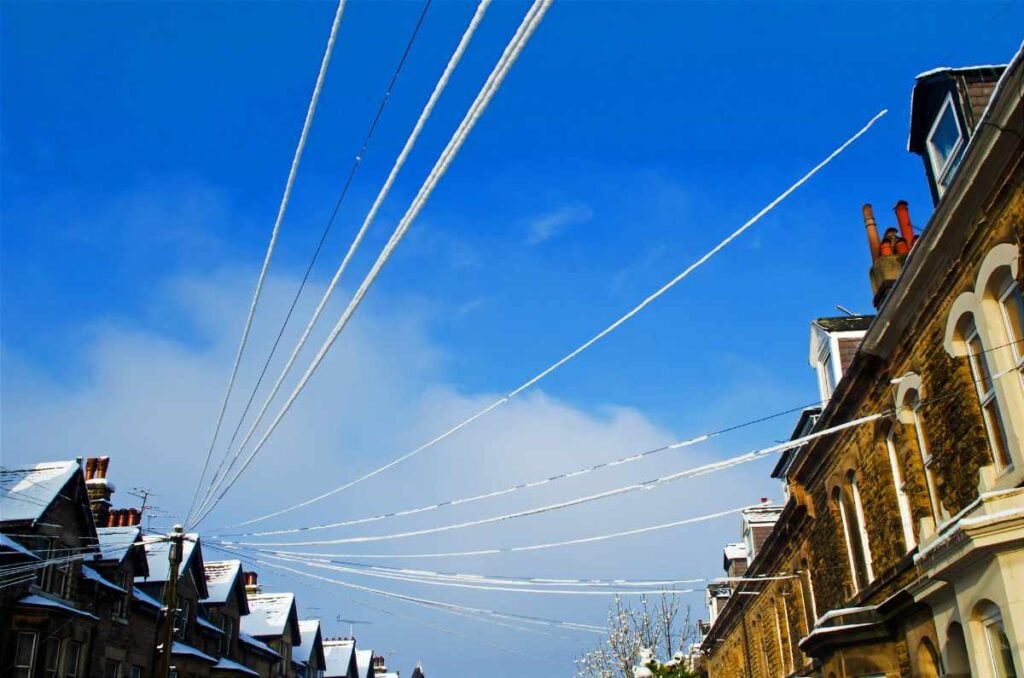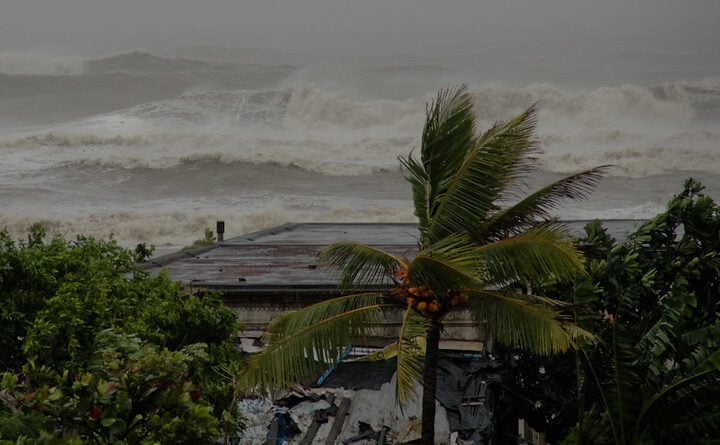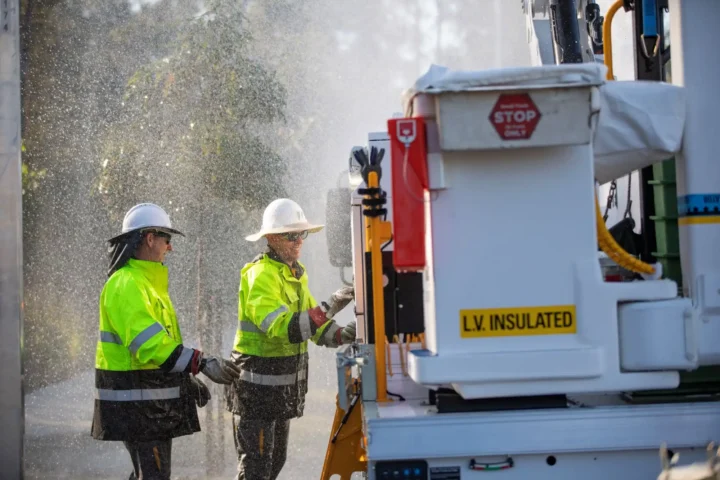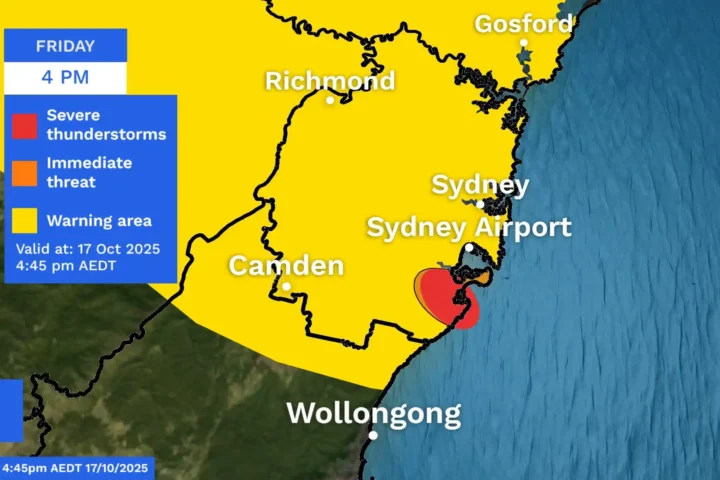Seven Potts Point residents have been hospitalized with Legionnaires’ disease, with one elderly man dying from the infection, NSW Health confirms. The outbreak has triggered immediate action from South Eastern Sydney Local Health District (SESLHD), ordering cooling tower disinfection throughout the area.
Dr. Vicky Sheppeard, SESLHD Public Health Unit Director, confirmed five patients have returned home while one continues recovery in hospital. The patients, aged between 45 and 95, were exposed between May 13 and July 12, 2025.
“People can be exposed to the bacteria if contaminated water particles from a cooling system are emitted into the air and breathed in,” Dr. Sheppeard said. “The District has requested building owners disinfect their cooling towers on two occasions since the investigation began in June.”
🧠 Legionnaires’ Disease Quick Quiz
None of the patients knew each other, but health officials believe they encountered a common source. The man who died, aged in his 80s, fell ill in late June 2025.
Initial testing on early cases identified Legionella pneumophila serogroup 1, with broader cluster testing ongoing. This strain is detectable through urine antigen tests, allowing for rapid diagnosis.
What exactly is Legionnaires’ disease?
Legionnaires’ disease is a form of pneumonia caused by Legionella bacteria, which thrive in temperatures between 25°C and 45°C (77°F and 113°F). The bacteria multiply in water systems like cooling towers when conditions are favorable—warm temperatures, stagnation, and inadequate disinfection.
Infection occurs when someone inhales contaminated water droplets or mist. The disease cannot spread person-to-person. Symptoms develop 2-10 days after exposure and include:
- Fever and chills
- Cough
- Shortness of breath
- Muscle aches
- Headaches
When diagnosed, Legionnaires’ disease typically requires hospital treatment with specific antibiotics. People with weakened immune systems, older adults, and those with underlying conditions face higher risks of severe illness.
Environmental investigation continues
Health authorities and City of Sydney officials have conducted thorough inspections of all cooling towers and water fountains within a 500-meter radius of patients’ residences. Despite comprehensive sampling, no Legionella bacteria have been detected in environmental samples so far.
“While no Legionella bacteria have been found so far, investigations are continuing,” Dr. Sheppeard said.
Environmental sampling is challenging due to various factors, and investigations are ongoing to identify the source of the outbreak.
NSW Public Health Regulation requirements
Under the NSW Public Health Regulation 2022, building owners must maintain cooling water systems according to strict guidelines. The regulation includes requirements for regular testing, risk assessment documentation, reporting of high test results, and compliance with Australian standards.
“Building owners have been asked twice to disinfect cooling systems since the investigation began,” Dr. Sheppeard emphasized, underscoring the importance of immediate compliance.
Advice for Potts Point visitors and residents
Health officials advise anyone who visited Potts Point between May 13 and July 12 and develops symptoms to consult their GP or visit an emergency department immediately. Early diagnosis through urine antigen testing or sputum culture, coupled with chest X-rays, can confirm the infection.
This seven-case cluster represents a significant local public health concern in the Potts Point area.For more information on Legionnaires’ disease prevention measures, visit the NSW Health website or call your local Public Health Unit on 1300 066 055.
FAQ
What is Legionnaires’ disease?
Legionnaires’ disease is a serious form of pneumonia caused by Legionella bacteria. :contentReference[oaicite:0]{index=0} It often begins with flu-like symptoms before progressing to lung infection. :contentReference[oaicite:1]{index=1}
How do people catch Legionnaires’ disease?
You get it by breathing in tiny water droplets containing Legionella from sources like cooling towers or showers. :contentReference[oaicite:2]{index=2} It is not spread through person-to-person contact. :contentReference[oaicite:3]{index=3}
What are the common symptoms?
Typical signs include cough, fever, headaches, muscle aches and shortness of breath. :contentReference[oaicite:4]{index=4} Some people also experience confusion, diarrhea or nausea. :contentReference[oaicite:5]{index=5}
How long after exposure do symptoms appear?
Symptoms usually start **2–14 days** after inhaling contaminated droplets. :contentReference[oaicite:6]{index=6} In rare cases it can take even longer to show up. :contentReference[oaicite:7]{index=7}
Who is at higher risk?
Older adults, smokers, and people with weakened immune systems or chronic lung disease face greater risk of severe illness. :contentReference[oaicite:8]{index=8} Most healthy individuals exposed to Legionella do not get sick. :contentReference[oaicite:9]{index=9}
Can it spread from person to person?
No. Legionnaires’ disease only spreads when you inhale contaminated mist—it does not pass between people. :contentReference[oaicite:10]{index=10}
How is it diagnosed?
Doctors confirm it using a **urinary antigen test** and by culturing respiratory samples (like sputum). :contentReference[oaicite:11]{index=11} Chest X-rays help show lung infection. :contentReference[oaicite:12]{index=12}
How is it treated?
Treatment involves hospital-based antibiotics—usually macrolides or fluoroquinolones—until the infection clears. :contentReference[oaicite:13]{index=13}
How can outbreaks be prevented?
The primary strategy is a **water management program**: regular cleaning, disinfecting and monitoring of plumbing and cooling systems. :contentReference[oaicite:14]{index=14} Monthly testing and risk assessments keep bacteria under control. :contentReference[oaicite:15]{index=15}


















